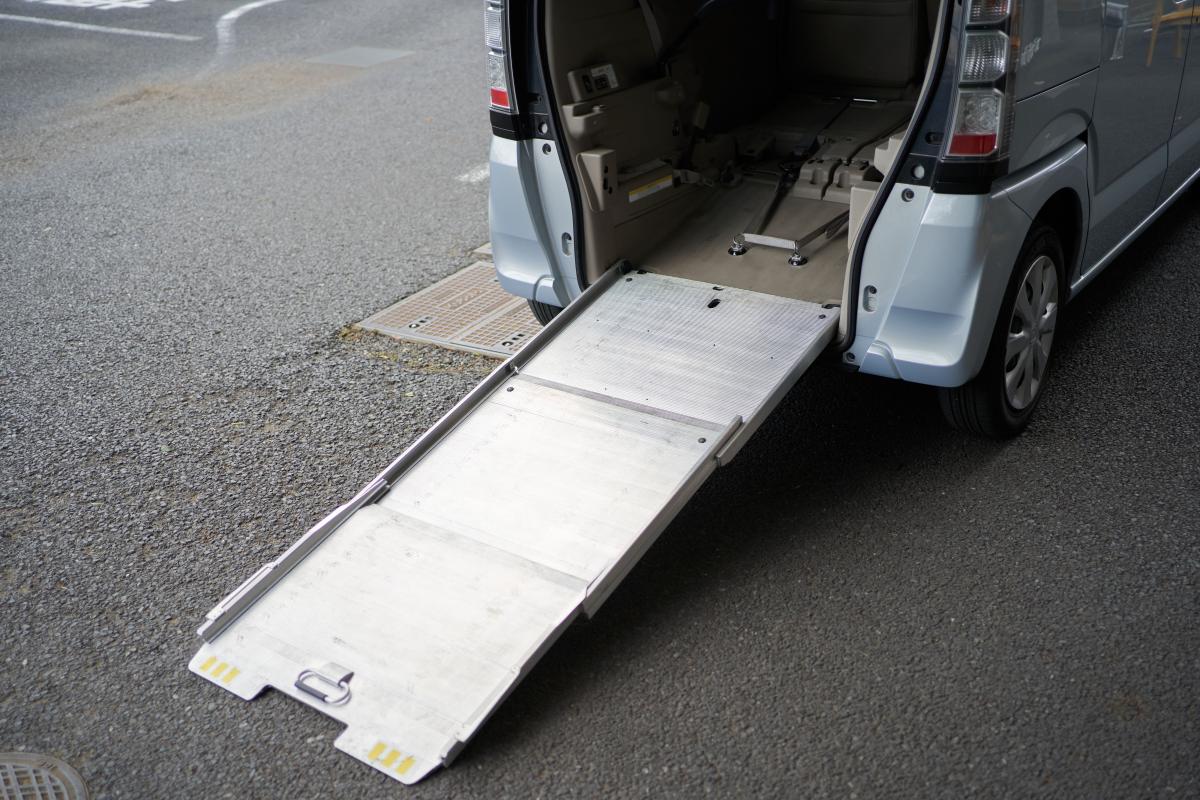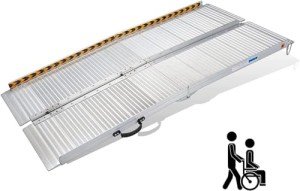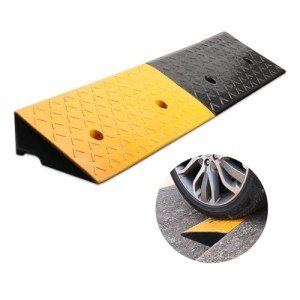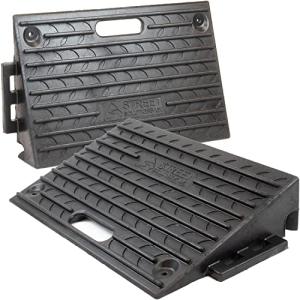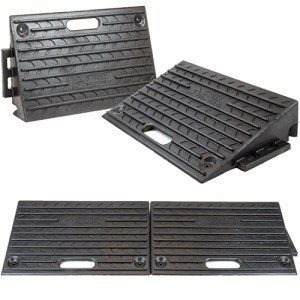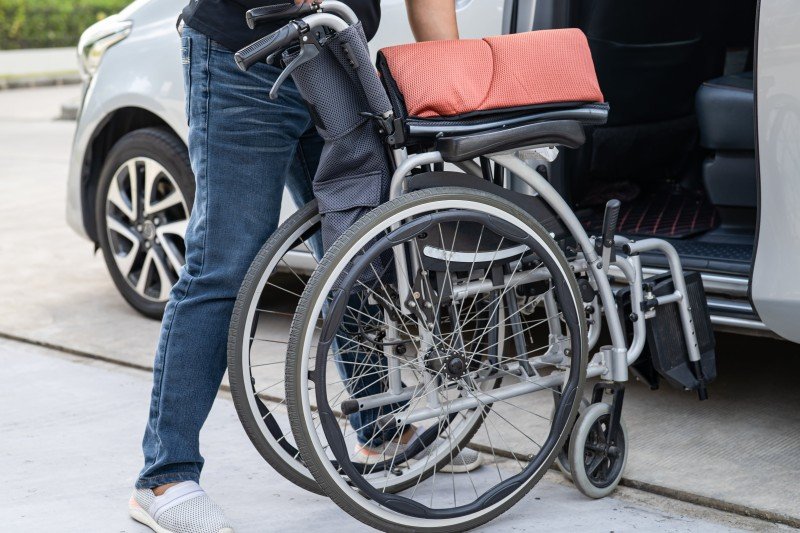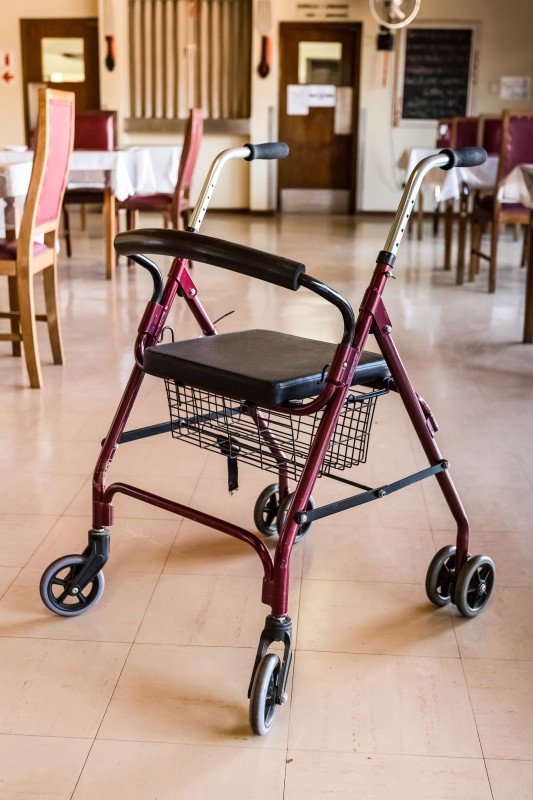In an increasingly inclusive society, wheelchair ramps play a crucial role in promoting mobility and accessibility for individuals with disabilities. They serve as vital structures that bridge the gap between different levels, ensuring that people using wheelchairs can navigate spaces safely and independently. This guide explores the types, benefits, regulations, and considerations regarding wheelchair ramps to provide a comprehensive guide for property owners, architects, and caregivers.
What Is a Wheelchair Ramp?
A wheelchair ramp is an inclined surface that connects different height levels and allows for the easy transition of a wheelchair or other mobility devices. These ramps can be temporary or permanent, depending on their intended use and location. Their design and installation must adhere to specific guidelines to ensure safety and usability.
Types of Wheelchair Ramps
There are several types of wheelchair ramps, each designed for specific situations. Below is a table outlining different types of wheelchair ramps along with their characteristics.
| Type of Wheelchair Ramp | Description | Ideal Use Case |
|---|---|---|
| Portable Ramps | Lightweight and easy to move; can be folded or rolled for storage | Public events, temporary setups |
| Modular Ramps | Prefabricated sections that can be assembled in various configurations | Long-term solutions for homes/businesses |
| Permanent Ramps | Constructed on-site with durable materials, often requiring permits | Residential homes, commercial buildings |
| Roll-in Ramps | Designed for direct access into homes or vehicles | Home environments, restrooms |
| Threshold Ramps | Short ramps designed to bridge small elevation changes | Doorways, curbs, or small steps |
Benefits of Wheelchair Ramps
Wheelchair ramps provide numerous benefits that extend beyond facilitating mobility. Here are some key advantages:
-
Accessibility: They ensure that individuals with disabilities can access buildings, homes, and other spaces, promoting inclusion in everyday life.
-
Independence: With the right ramp, wheelchair users can navigate spaces without relying on assistance, fostering self-sufficiency.
-
Versatility: Ramps come in various designs and materials, making them adaptable to different environments and purposes.
-
Safety: Well-designed ramps reduce the risk of falls and accidents that can occur with steep steps or uneven surfaces.
-
Increased Property Value: Homes and businesses that incorporate accessible features like wheelchair ramps often find that they enhance property value and appeal to a broader customer base.
-
Compliance with Regulations: Installing wheelchair ramps helps property owners meet legal accessibility requirements, avoiding fines and promoting social good.
Key Considerations When Installing Wheelchair Ramps
When considering the installation of a wheelchair ramp, several factors should be taken into account:
-
Slope and Incline: A proper slope is critical for usability and safety. The recommended incline ratio for wheelchair ramps is 1:12, meaning for every inch of vertical rise, there should be twelve inches (one foot) of ramp run.
-
Width: Ramps should be wide enough to accommodate various mobility devices. A minimum width of 36 inches is standard for wheelchair ramps.
-
Surface: The ramp surface should be made from materials that provide sufficient traction, such as non-slip concrete, rubber, or treated wood.
-
Landing Areas: Adequate space is required at the top and bottom of the ramp for maneuvering. Landings should be flat and at least 60 inches long.
-
Weather Considerations: If the ramp will be exposed to outdoor elements, it is essential to use weather-resistant materials and to maintain the ramp to prevent slipping or wear.
Frequently Asked Questions (FAQs)
1. What materials are best for wheelchair ramps?
Concrete, aluminum, or treated wood are preferred materials. They should be durable and weather-resistant, offering a sturdy surface for users.
2. How much does it cost to install a wheelchair ramp?
The cost can vary widely based on materials, design, and specific requirements, ranging from a few hundred dollars for portable ramps to several thousand for permanent, custom-built options.
3. Do wheelchair ramps require permits?
Typically, permanent wheelchair ramps require building permits, especially if they alter the existing structure. It's essential to check local regulations prior to installation.
4. Are there guidelines for installing wheelchair ramps in public areas?
Yes, the Americans with Disabilities Act (ADA) provides detailed guidelines that must be followed for wheelchair ramps. These standards address slope, width, landings, and surface texture.
5. Can wheelchair ramps be used in vehicles?
Yes, there are portable wheelchair ramps designed specifically for vehicles, allowing users to access cars, vans, and trucks safely.
Wheelchair ramps are essential elements in the quest for equality and accessibility. By understanding the various types, benefits, considerations, and regulations surrounding these structures, individuals and organizations can ensure that the environments they create are inclusive for everyone. As society continues to advocate for disability rights, the importance of effective wheelchair ramp installation and usage cannot be overstated.
In a world where mobility should not be a barrier, investing in accessibility through wheelchair ramps enhances not only physical access but also the quality of life for individuals with disabilities. Whether for homes, businesses, or public spaces, proper planning and implementation of wheelchair ramps foster a community where every individual can thrive.
